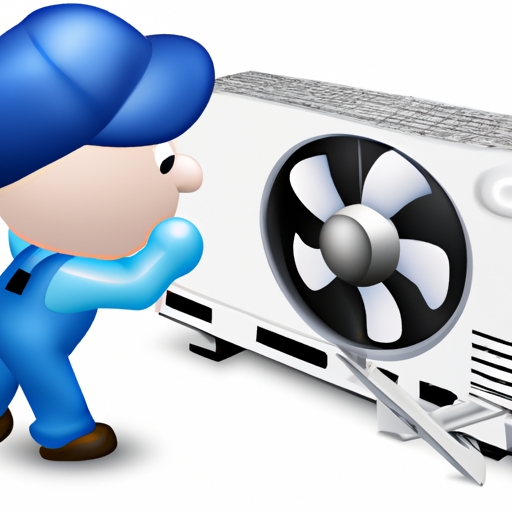Fault detection systems are a crucial part of diagnostics in many industries. Its analysis component tests performance, evaluations circuitry and checks voltage regulation as well as temperature and pressure measurements. System calibration is also an important aspect in fault detection systems, while troubleshooting procedures can help to pinpoint the root cause of any issue.
However, there's more than meets the eye when it comes to these systems! For instance, performance evaluation looks beyond basic functionality and involves testing the system for its intended purpose. Circuitry checks require a thorough inspection of all components to make sure they're functioning properly. Voltage regulation includes monitoring voltages at various points within the system so that it runs smoothly and safely. Moreover, temperature monitoring is critical for preventing overheating which can adversely affect system performance! Pressure measurement is necessary too as it helps maintain optimal pressure levels throughout the system.
Finally, regular troubleshooting procedures are essential for identifying issues early on before they become bigger problems down the line. System calibration should be done periodically too so that readings remain accurate over time. (In other words, it's important to keep things running optimally!) All these considerations combined make fault detection systems indispensable in diagnostics today!
To sum up: Fault detection systems play a vital role in diagnostics by ensuring everything functions correctly – from performance testing to voltage regulation – with regular troubleshooting & calibration thrown into the mix!
